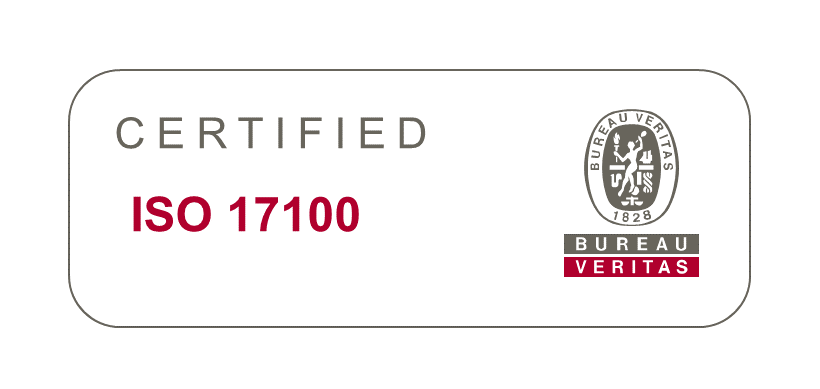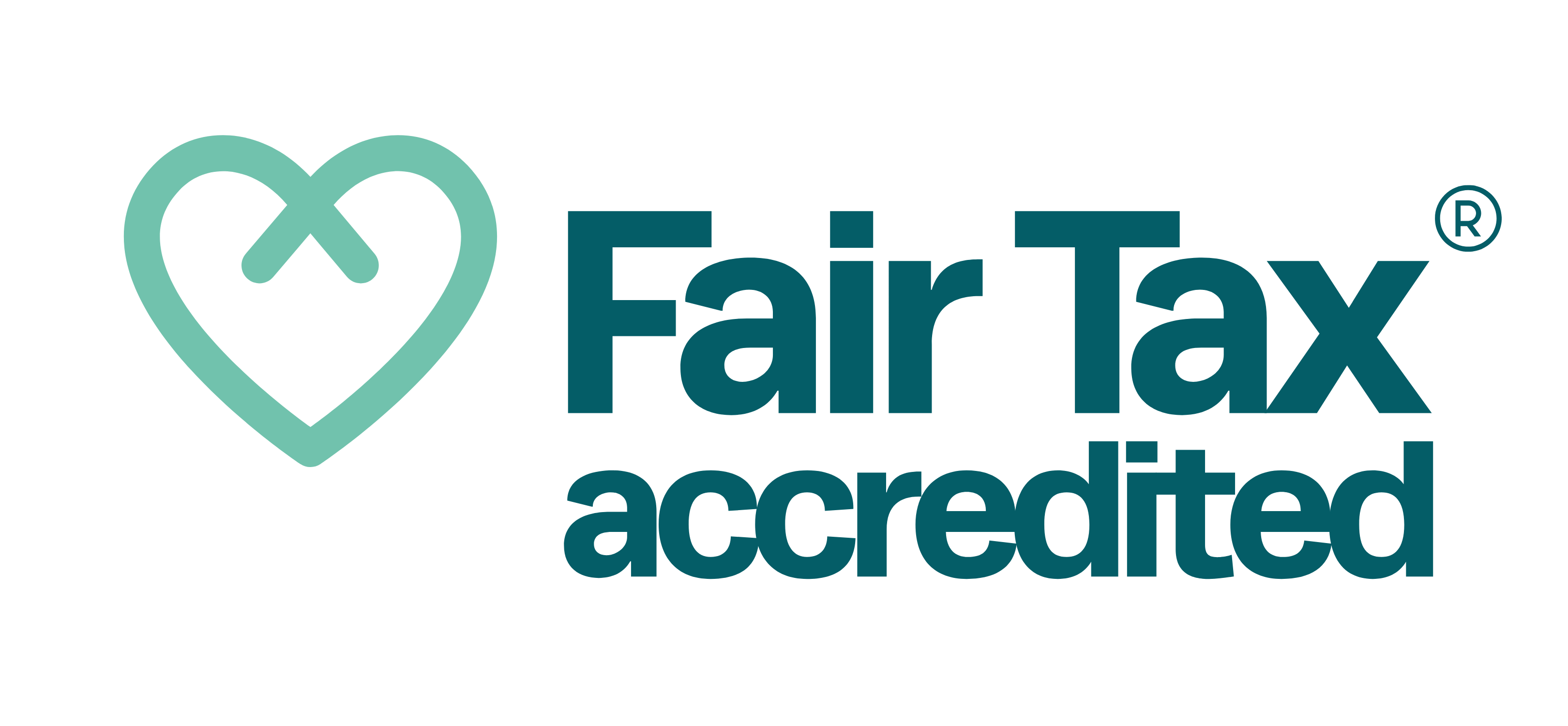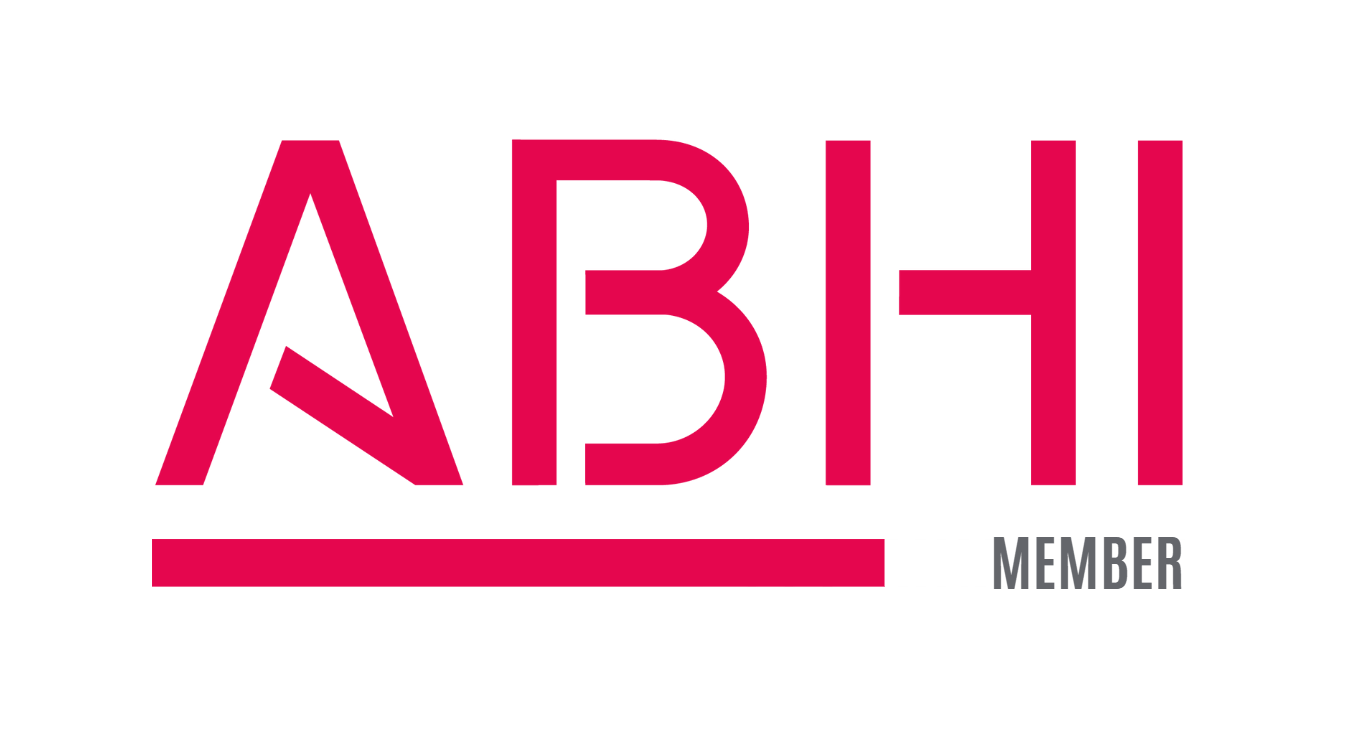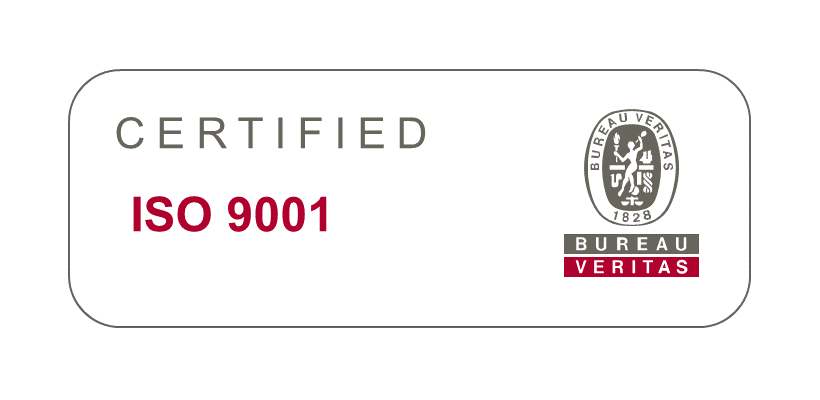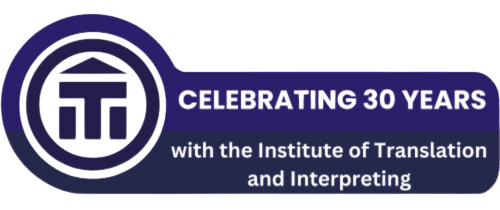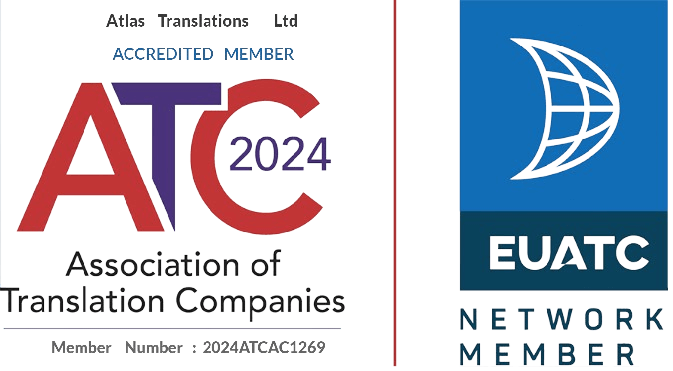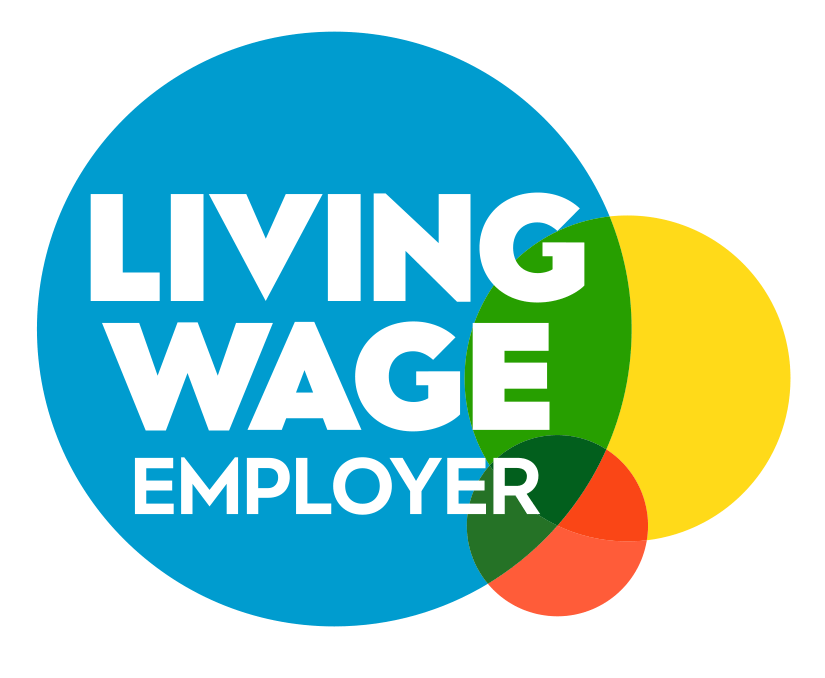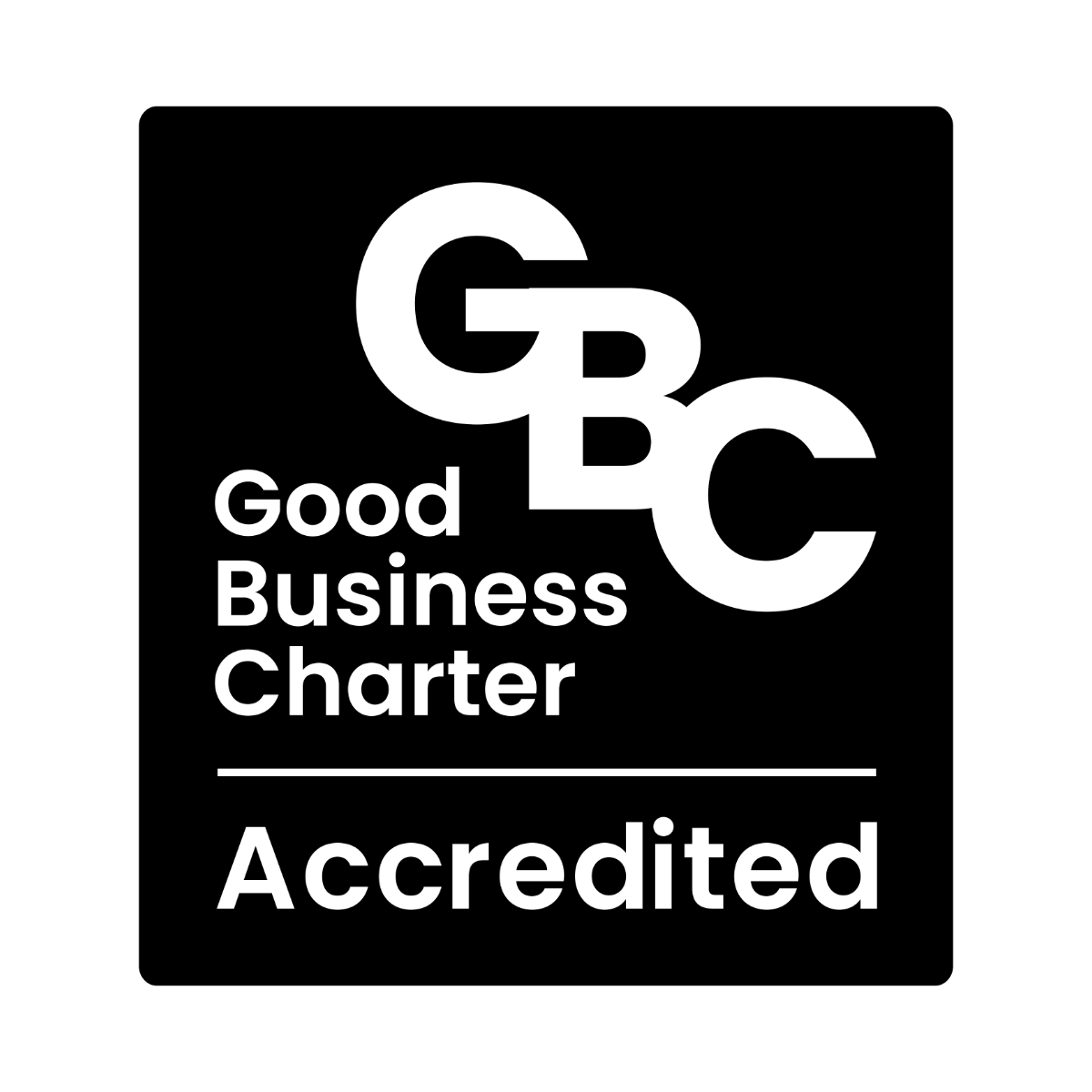The challenges of localising a cookery book
Combining my two great loves of cake and languages, a proofreading assignment of the French-English translation of a quaint cookery book sounded like the dream project. Fancying myself (albeit rather misguidedly) as the next Mary Berry, I rose to the occasion with an enthusiasm matched only by Greg Wallace faced with a platter of desserts. Don’t get me wrong, I really enjoyed it, but there were numerous challenges involved which I hadn’t envisaged (other than the obvious ones like my stomach rumbling at the turn of every page).
Here are just a few I encountered… 
Unit conversions
With different measurement systems used around the world, you must obviously take into account whether the target culture uses the same units of measurement as the original. Sometimes even if the same terms are used in both cultures, this does not necessarily imply an equal quantity e.g. a US tablespoon is not exactly equal to a British or Australian tablespoon. A conversion table included at the back of the book offers a potential solution for those ‘coffee table’ cookery books which are more aesthetic than practical, but this option is not the most user friendly if you actually plan to cook from the book and don’t want to have to keep flipping between the recipes and conversion table when you’re in full Delia mode. For a cookery book that is destined for real use, new measurements based on the target culture’s system must be incorporated. The same goes for cuts of meat, which can also vary between countries.
Availability of ingredients
Product availability will impact on the translation. Despite the growing popularity of international cooking, many items are still not obtainable in all countries. For example, although the use of ‘crème fraîche’ is gaining momentum in the US, it is still generally classed as a specialty product. Substitution can certainly be an appropriate solution for some recipes, but if this is opted for throughout the entire cookbook, we perhaps run the risk of venturing too far from the original recipes. What’s more, the subsequent translations are prone to dating too quickly given the rapid evolution of food trends, as ingredients which were once only available in one country can suddenly become more widespread. Therefore, one alternative could be to include the original ingredients and a list of possible substitutes. Also consider when you will need to capitalise product names (wines, cheeses etc.), for example, if they are named after a region or a specific location.
Cooking techniques and pots and pans
Not only ingredients can be country-specific: Some countries may use different implements, pots, pans, tins and other essential cooking items, or the terms they employ for a similar tool could vary dramatically – check with an expert! Also verify whether any cooking techniques used in the source language (e.g. bain marie) will need to be italicised etc., and whether the term alone will be understood by the universal target culture, or whether an explanation would be beneficial here. When localising a cookery book, it is very important that the client is able to offer as much reference material as possible: author guidelines, culinary style sheets, examples of other published recipes etc. It is also handy to have other people around to bounce ideas about with (other translators, ‘foodie’ friends, chefs etc.). And lastly, have fun testing and comparing those original recipes with your translations!

